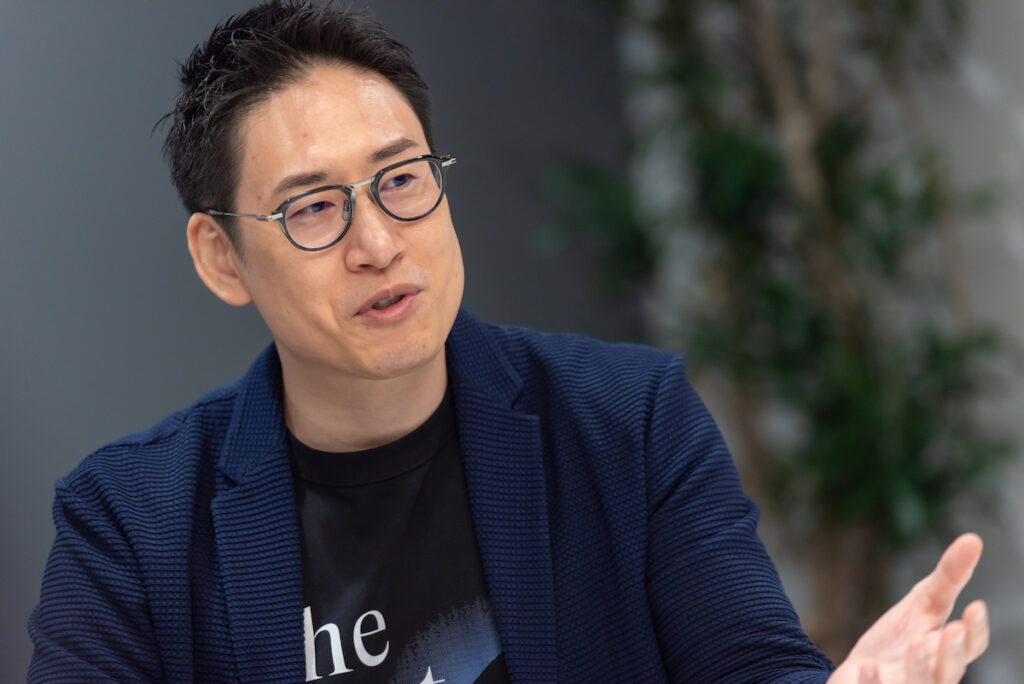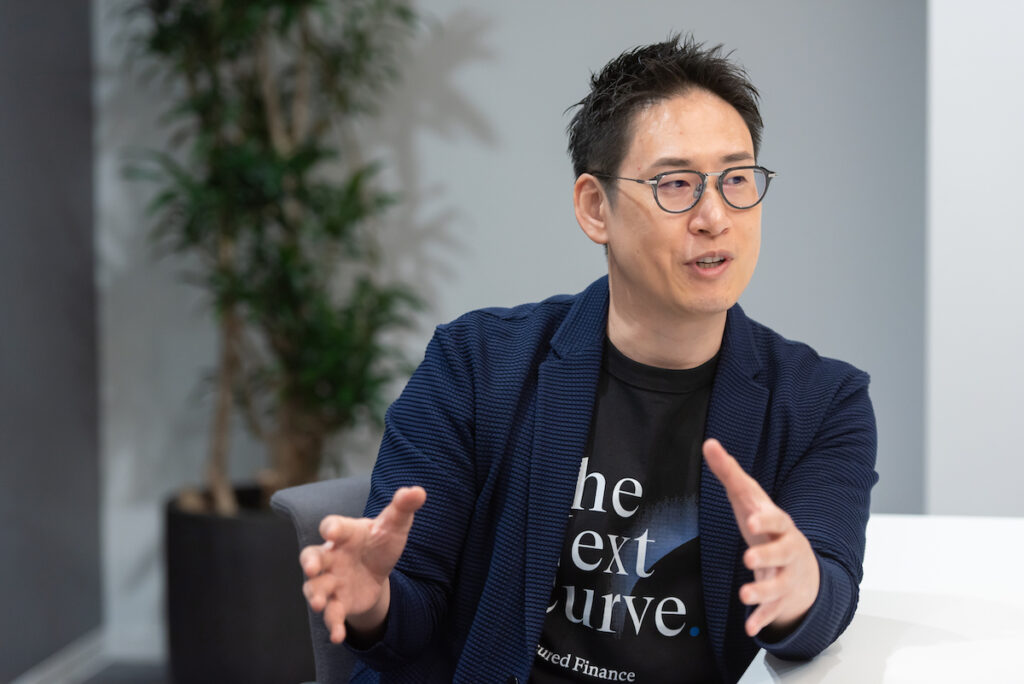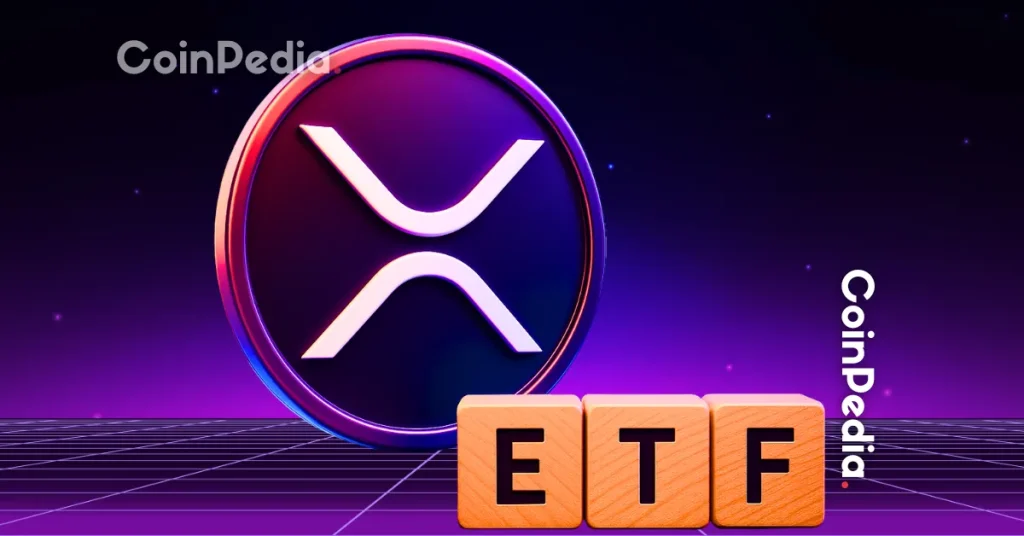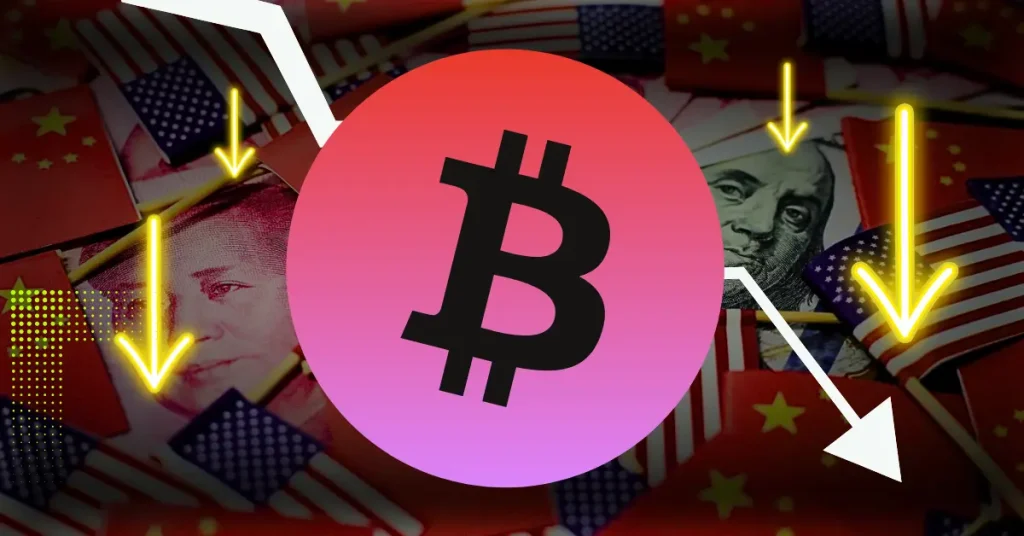
JP Morgan Chase, Citigroup, BlackRock… As major global financial institutions increasingly tokenize RWA (abbreviation for Real-World Asset; real assets; here refers to existing financial assets and banking operations), companies are trying to build a new type of bond market on blockchain. , there is a startup founded by a Japanese person. Secured Finance AG.
The company is a DeFi startup founded by a former financial man with experience at Goldman Sachs, Morgan Stanley, HSBC, etc. Masakazu Kikuchi, the founder and CEO, served as the person in charge of product design for interest rate and foreign exchange derivatives at a foreign securities company, then moved to Boston, USA to thoroughly research the fusion of finance and technology, and attended Harvard University. Studied computer science (CS) at the Graduate School of Liberal Arts.
On December 15th, Secured Finance will begin operation of the Secured Finance protocol (deployed on the Ethereum blockchain) developed by the company through a DAO (decentralized autonomous organization). Owners (lenders) of Bitcoin (BTC), Ethereum (ETH), and stablecoin USD Coin (USDC) borrow crypto assets from third parties using their assets as collateral, or lend them through negotiated transactions. It is a matchmaking service that allows you to earn interest.
The current customer targets are individual investors and miners who hold relatively large digital assets, hedge funds specializing in crypto assets, and family offices that manage assets for wealthy individuals. We will expand the bond market on-chain, with digital assets held as principal and collateral and smart contracts as issuers, and create appropriate interest rates.
Initially, the Secured Finance protocol will use three digital assets as collateral assets and operate the primary (issue) market and secondary (secondary) market in an integrated manner in four terms: March contract, June contract, September contract, and December contract. Going forward, we will add four terms to the lending period: March, June, September, and December of the following year, creating a “yield curve” in the on-chain bond market and creating an environment in which investors can easily predict future market trends. do. Additionally, if an increasing number of participants wish to lend or borrow using tokenized U.S. bonds or Japanese government bonds as collateral, we will respond flexibly.
The protocol will issue a token “(provisional) Secured Finance Token (SFT)” and shift governance to a DAO (decentralized autonomous organization) format. As early as 2024, the company will hold a public sale of SFT and distribute the profits generated by the company’s protocol to the community in addition to staking rewards.
primary market: A market in which stocks and bonds are issued to raise funds, and is also called a “primary market.” The market where issued stocks and bonds are bought and sold between investors is called the “secondary market.”[Reference: Daiwa Securities]
yield curve:On a graph where the vertical axis is the yield to maturity and the horizontal axis is the bond’s remaining period, the line connecting the points corresponding to the bond’s yield to maturity and the remaining period is called a yield curve. It is used to analyze the relationship between yields depending on the length of the remaining period.[Reference: SMBC Nikko Securities]
“Once tokenized digital assets have a certain level of liquidity, the on-chain bond market will continue to expand. We expect large amounts of capital to come in in the future.” (Mr. Kikuchi)


In the 2000s, I was immersed in designing derivative products in the fixed income department of a foreign securities company. The first event that drastically changes Mr. Kikuchi’s life occurs. The 2008 global financial crisis (Lehman Shock). Financial institutions in Europe and the United States went bankrupt one after another, and the impact was felt on the London fixed income department where Mr. Kikuchi belonged, and the department was disbanded.
Fortunately, I was able to overcome the aftershock that lasted for several years starting in 2008 by starting a consulting business based on my own funds that I had earned up until then. The “profit-oriented” mood that had permeated the Western financial world before the financial crisis has weakened, and financial institutions are now strongly expected to play a role in enriching society.
Three years later, another world-shaking event struck Japan. The 2011 Great East Japan Earthquake and the explosion at the Fukushima Daiichi Nuclear Power Plant. “It changed my values and outlook on life greatly,” Kikuchi says, looking back on those days.
Three years after the earthquake, Kikuchi headed to Boston. Normally, it takes about two years to complete a master’s degree at a graduate school, but Mr. Kikuchi spent five years at Harvard Graduate School. I have had many conversations with professors at Harvard, students majoring in CS at MIT (Massachusetts Institute of Technology), entrepreneurs in Silicon Valley, and experts who research blockchain. Mr. Kikuchi’s new life has begun as an expert in integrating blockchain and financial systems.
In 2019, Mr. Kikuchi finished his time as a graduate student at Harvard and worked as an engineer at Securitize, a US company that operates a platform for issuing and distributing security tokens (digital assets backed by stocks, corporate bonds, etc.). Things changed completely when he won an award at a hackathon he participated in the following year and was approached by a New York accelerator led by Joseph Rubin (co-founder of Ethereum and founder of ConsenSys).
Mr. Kikuchi decided to start Secured Finance in order to receive investment from an accelerator. The location of the company was decided to be Switzerland. Switzerland is located between two superpowers, and the financial industry is one of the nation’s economic bases. It has led the world in private banking targeting wealthy people both in Japan and overseas. Furthermore, the country has strengthened its national strategy to actively accept digital assets, including crypto assets.
In fact, Secured Finance AG was founded in Zug, a Swiss city known as the Crypto Valley, where blockchain companies from all over the world gather.
“I thought it would be difficult to start a business in the United States because there was a view that crypto regulations in the United States would become stricter.With Switzerland being a permanently neutral country, there would be fewer geopolitical risks such as worsening US-China friction.” Mr. Kikuchi)


In the world’s financial markets, there used to be an interbank offered rate called LIBOR (London Interbank Offered Rate). The interest rate is calculated and published by the Intercontinental Exchange (ICE), and the applicable currencies are the US dollar, euro, Japanese yen, British pound, and Swiss franc. Lending rates are published for various terms, from overnight to 12 months.
However, in 2012, a scandal involving fraudulent manipulation of LIBOR occurred, leading to the suspension of calculation and publication at the end of 2021.
“By creating a market on blockchain, which is said to be highly transparent and impossible to tamper with, appropriate interest rates will be generated.Off-chain matching introduces centralized elements and is free from manipulation. The risk of opaque decisions will increase. There remains the possibility that manipulation of interest rates will have a significant impact on the market, as in the LIBOR scandal. A fair interest rate in the on-chain bond market will give rise to more derivative products. (Mr. Kikuchi)
Secured Finance plans to grow its total collateral to $100 million over the next year, and to $1 billion within three years. The source of the protocol’s business revenue is fees generated when matching lenders and borrowers and management fees from smart contracts, but Mr. Kikuchi does not keep the business revenue for himself, but rather relies on the community participating in the project. Preparations are underway to create a system to distribute everything to members.
Since its founding in 2020, the company has raised approximately $5.8 million (approximately 870 million yen) in a seed round and has proceeded with system development. On the 15th of this month, global trading “Itayose” will finally begin on the main network.
Itayose: A method of executing trades on the stock exchange, where orders are entered on an order book called a “board”, and market orders are prioritized, and the next highest buy order is matched with the lowest sell order to execute an order that matches the quantity. How to decide the price.[Reference: SMBC Nikko Securities]
“By fully utilizing blockchain, we would like to increase the transparency and safety of market transactions, and realize instant transaction and low-cost settlement.In the crypto asset market, where interest rates fluctuate rapidly, investors We want to create a service that can generate returns.If interest rates in the on-chain bond market can be predicted, more investors will be able to formulate long-term investment strategies.” (Mr. Kikuchi)
Will efforts to welcome digital assets such as Bitcoin and Ethereum and create a new bond trading market denominated in digital assets on the blockchain be able to create an investment experience that will attract investors from all over the world? Or? I would like to pay attention to the movement of Secured Finance in 2024.
|Interview/Text: Shigeru Sato
|Photo: Airi Okonogi
The post Secured finance creating an on-chain bond market: Mainnet starts | CoinDesk JAPAN appeared first on Our Bitcoin News.

 1 year ago
76
1 year ago
76














 English (US) ·
English (US) ·